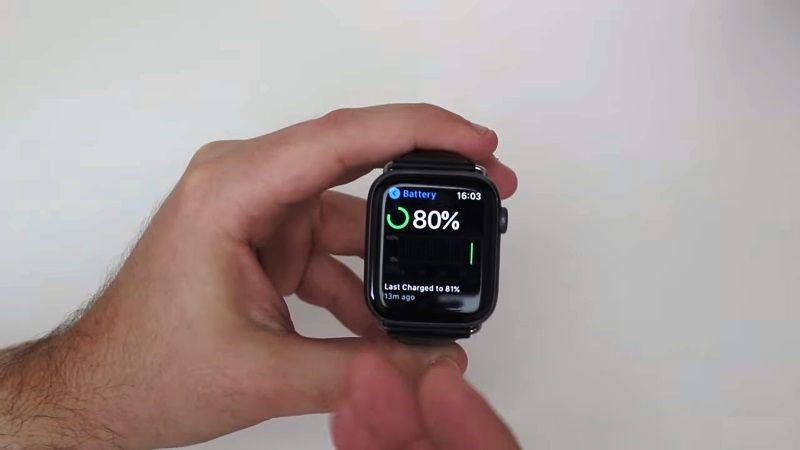If you want to check the battery performance of your Apple Watch on iPhone, Apple has provided specific management features by periodically assessing the level of performance management required to avoid unexpected shutdowns. With iPhone 6 and later, and with iOS 11.3 and later, you can view the status of the battery and get alerts if it needs to be replaced. In this guide, you will learn about how to check Apple Watch battery Health.
How to Check Battery Health on Apple Watch (2023)

On Apple Watch there is no function similar to the battery status of the iPhone but with a little trick, we can get the information we need. Users can verify that the performance management feature, which dynamically manages maximum performance to avoid unexpected shutdowns, is active and can choose to disable it on Apple Watch. Here’s how to check the battery health of your Apple Watch:
- Open the Settings app on the iPhone, select “Privacy” and scroll down until you find the item “Analytics & Improvements”.
- The section of our interest is the one called “Analytics Data”, a section that is active only if the “Share iPhone and Watch Analytics” option is activated (it is always activated on this same screen); if the “Share iPhone and Watch data” option is not active, you will need to activate it and wait at least one day to allow the iPhone to collect data.
- By choosing “Analytics Data” from the section above, a series of data referring to the last few days will appear. The data of our interest is found in the log that begins with the name “log-aggregated” (a series of files with this last name, followed by an indication of a date). The first of these files in the list is the one of our interest (if you have the Mac nearby you can send it via AirDrop to your computer): open it and scroll until you find the key “com.apple.power.battery.CycleCount”. The number indicated between <integer> and </integer> represents the recharge cycles.
Usually, a charge cycle occurs when all battery power is used, but it does not necessarily correspond to a single charge. For example, you can use half the Apple Watch’s charge in one day, then fully charge it. If we perform the same operation the next day, only one charging cycle will be calculated and not two. In this example, a cycle could take several days to complete.
Batteries have a limited number of charge cycles before their performance declines. When a battery has run out of cycles, it is advisable to replace it for optimal performance. The battery can also be used after it has reached its maximum number of cycles, but this may result in a reduction in battery life.
By knowing the number of battery charge cycles and how many are left, you can determine when the battery needs to be replaced. The battery is typically designed to maintain up to 80% of its original charge capacity upon reaching the maximum number of cycles. For best performance, it is recommended that you replace the battery when it reaches the maximum number of cycles.
That is everything you need to know about how to check Apple Watch battery health. If you are looking for more Apple Watch Tips and Tricks, then check out our other guides on How To Turn On Apple Watch Theatre Mode, and How To Fix WhatsApp Notification Not Showing On Apple Watch.
